As thoughts shift toward tonight’s Hogmanay celebrations, many of us will partake of a tipple or three. But will it just be the grown-ups doing so?
For many teenagers, Hogmanay involves the anxiety of having somewhere to go, something to do. More often than not, these plans involve alcohol.
In Scotland, it has been reported that more than 30% of 13-year-olds and a massive 70% of 15-year-olds have tried alcohol. For many, this happens at Hogmanay.
And according to one study, 15% of all adolescents can be classified as ‘risky users’ of alcohol.
Most anticipated Hogmanay in a generation
This year’s celebrations are arguably the most eagerly anticipated for a generation, being the first for three years that are not subject to Covid regulations.
Whether parents like it or not, tonight will see some under-18s drinking to excess.
Which might not be your problem. Unless it is. What if it’s your underage child going out drinking to bring in the New Year?
Dr Gemma Stevens is a psychology lecturer at Robert Gordon University (RGU) in Aberdeen. Much of her research has centred on adolescents.
“Experimenting with things at that age is fairly common,” she said. “And so we need to recognise that they are going to experiment. And the older they are, the more inclined they are to want to experiment with alcohol.”
Some adolescents use alcohol to cope with the stresses and strains of growing up, others because of peer pressure.
And while simply forbidding something can be counter-productive, there are things parents can do to avoid their kids having a regrettable experience with alcohol.
‘Young people will model their behaviour on parents’
For example, by practising what we preach and setting an example ourselves.
“We now know that young people will model their behaviour on a significant other, often their parent,” said Dr Stevens.
“So if they see their parents engaging in alcohol consumption, particularly as a mechanism or buffer against day-to-day stresses, then they too might well engage in that kind of behaviour.
“Because let’s face it, growing up is a really challenging time.
“So set boundaries that reflect your own behaviour. What culture are you creating at home?
“That might well be an open and frank conversation you have to have with yourself, because you can’t expect your child to act differently if you’re setting a different example at home.”
Peer pressure and Hogmanay
Then there’s the problem of peer pressure, which is never greater than during the teenage years. Particularly in Scotland, and particularly at Hogmanay.
“Unfortunately Scotland does have a very unhealthy relationship with alcohol, it’s ingrained in our culture.
“Young people will experience peer pressure. And it’s particularly strong at Hogmanay. ‘What are my friends going to be doing?’
“But there are several things parents can do.
“Talk openly and honestly to your child about the serious risks associated with underage drinking.
“The difficult question for a parent is when to have that conversation. It really should be dependent on when they come into contact with alcohol consumption, whether it be at home or outside the home.
‘It’s not about being a killjoy’
“You could say things like, ‘I was a young person too, here’s some stories from when I was your age’.
“It’s not about being a killjoy. I mean, you just have to look at the news to see some of the horrendous things that go on due to underage drinking.
“So talking openly and honestly, but without being hypocritical about ourselves and our own behaviours. Because as I say, as parents, children model our behaviour.
“Back in our day it was very much do as I say, not as I do. But as psychologists we know that isn’t the case at all.
“It might not be a comfortable conversation, but it should be an ongoing one, rather than a one-off.
“What is your own relationship with alcohol? What was your relationship with alcohol? What are you exposing your child to?”
So what are the risks associated with underage drinking?
Developing brains and self-image
Ultimately, it can lead to acute alcohol poisoning and even seizures.
“At that young age, your brain and liver are still very much developing. The impact of alcohol consumption on a developing brain is significant. Concentration, learning abilities.
“But it’s not just medical things. Inhibitions are lowered, raising the risk of getting involved in dangerous behaviour. They might be more inclined to behave in a way they wouldn’t ordinarily, risky and impulsive behaviours, for example unprotected sex.”
She added: “Self-image is a big thing for adolescents, it’s massive. But actually alcohol can contribute to lots of things that go against that self-image.
“It can give them bad skin, bad breath, weight gain, all these things that go hand-in-hand with self-image, which is so critical to young people at that age.”
Dr Stevens also made the point that, in an era when anxiety among our youth is skyrocketing, alcohol can simply exacerbate that anxiety.
Know where your child is
So much for letting our kids know the pitfalls of drinking alcohol. But as Dr Stevens admits, simply banning your child from doing something can have the effect of making it more desirable.
And despite our best efforts, our kids (as we did) will end up going against our wishes on occasion. As Dr Stevens says, it is inevitable that they will experiment at some point.
What should you do if your child does find themselves outside the home tonight?
“Communication with other parents is important. ‘Oh, you’re staying over at John’s house, great, I’m going to get in touch with John’s parents and ask if that’s okay’, that sort of thing.
“At Hogmanay it’s quite traditional for people to be at other people’s houses. But just make sure you know where your child is.”
Read more Real Life Parenting Dilemmas
My child was born in winter – when should they start school?
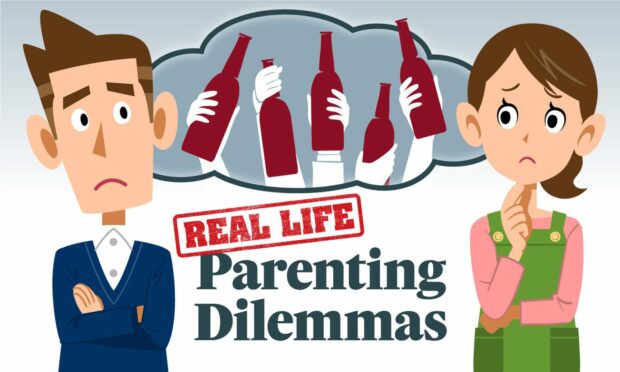
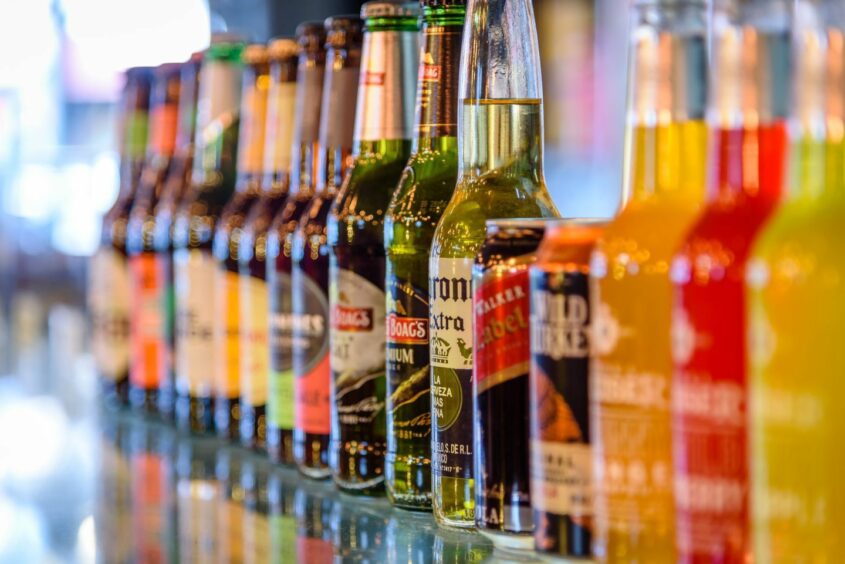

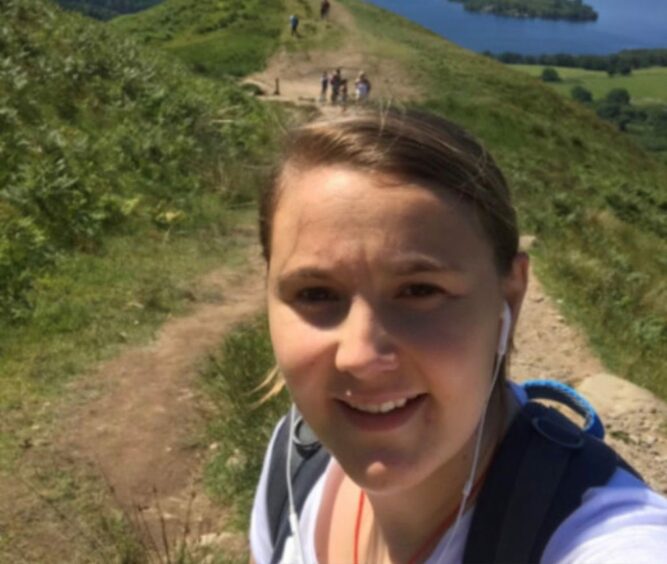

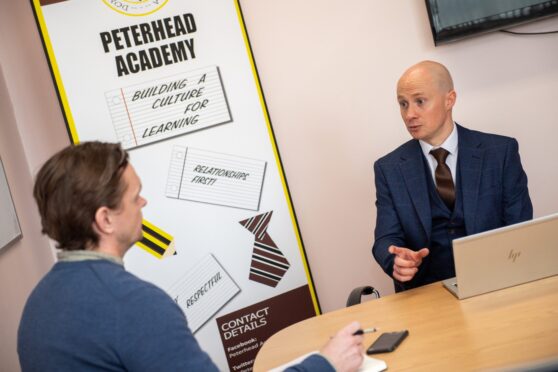
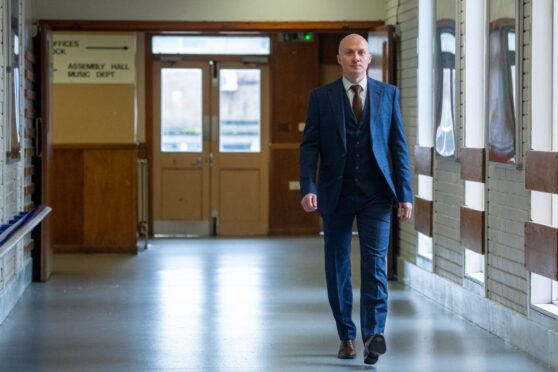
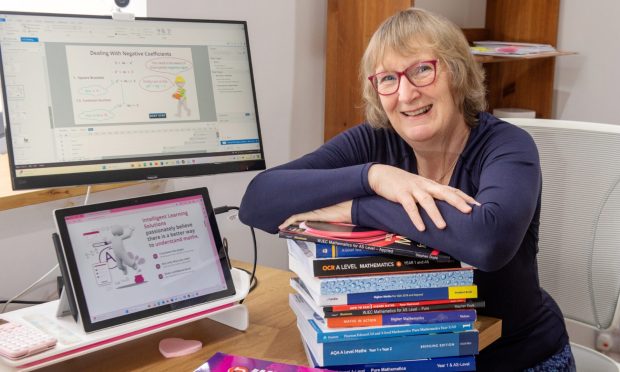
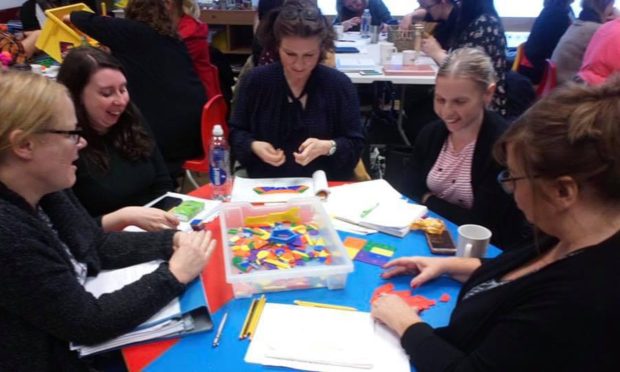

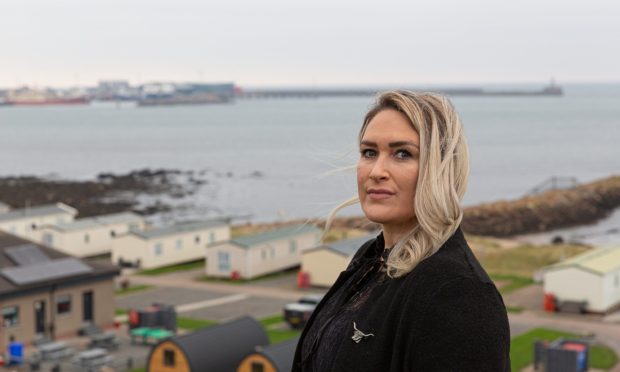
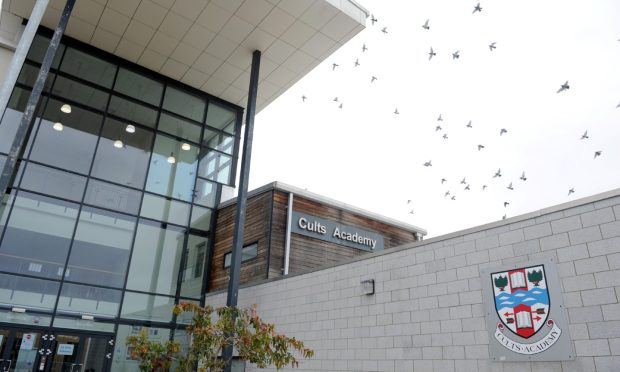

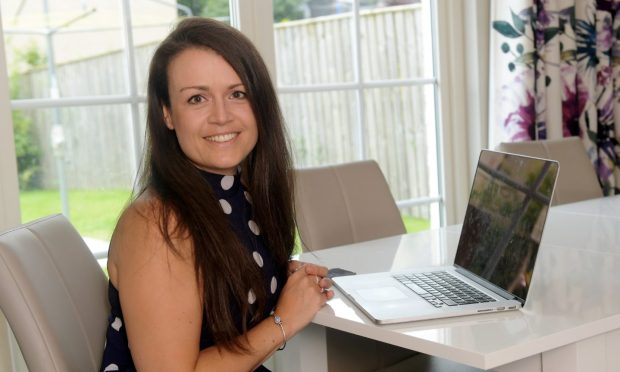
Conversation